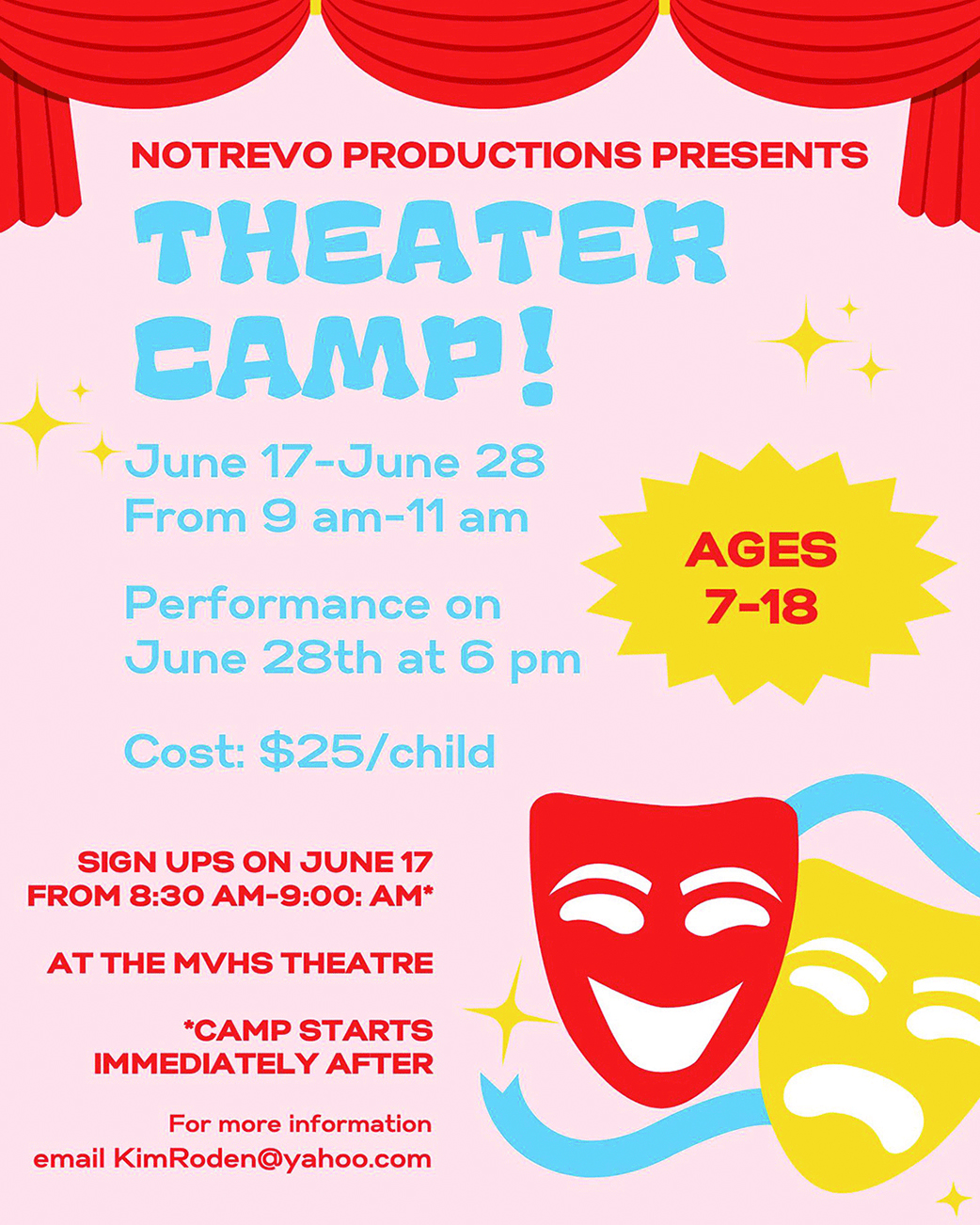By CHERYL JENSEN
The Progress

A special “Stories of Virgin Valley Campfire Program” was presented at the outdoor pavilion at the Mesquite Fine Arts Gallery on Wednesday, April 27. David Leavitt, a lifelong resident of Bunkerville, and social studies teacher, was the speaker at the event sponsored by the Virgin Valley Heritage Museum and the Virgin River Coalition.
“When people ask when I moved here, I reply ‘four generations ago’,” Leavitt said.
His great grandparents came to Virgin Valley from Santa Clara, Utah with the idea of growing cotton and grapes.
“They had the character trait of tough!” Leavitt said. “They came with determination and grit and held onto their dreams. They considered this a sacred obligation to build up the valley and establish a town.”
When they arrived, there were no farms laid out nor was there any way to water them. There were no homes, roads or even a bridge to cross the river.
Thomas Dudley Leavitt, who was 18 years old at the time, was sent by his father to drive the wagons to Bunkerville.
“I drove the first wagon into the valley on January 7, 1877,” Thomas later boasted.
The river had to be tamed first with a dam and irrigation ditches. The first dam was made of rock they hauled in and brush they piled up. Everyone participated in digging the ditch by hand.
“After the dam and the ditch were complete, they still had to clean it out when it filled in with silt and sand,” Leavitt said.
Leavitt noted that there were no roads and no medical help in an emergency. Those needing medical help had a two-day journey to get it. Leavitt told an interesting story about his ancestor Thomas when he had a toe that became seriously infected. He travelled to a doctor in St. George and the doctor told him to come to the hospital the next day to get anesthetic and they would take the toe off.
“I’m not coming back and make that long trip,” Thomas replied. “Take it off now!
So the doctor took the toe off with a scalpel and no anesthetic. Thomas went back home and was back to work the next day.
The early Virgin Valley pioneers were resourceful and had diverse skills needed to form a settlement and make it thrive, Leavitt said. “They were 100% self reliant,” Leavitt said. “If you needed something, you had to make it yourself or do without.”
They knew how to make lump charcoal, hide glue, ink, and vinegar for preservation. They tanned hides, grew their own food, salted meat and preserved their food.
They “grew” their own yeast by putting some flour and water in a jar and collecting the wild yeast until it foamed.
They baked their own bread and what was not eaten soon would be made into hard tack. They would break the old bread and bake it until it was dry and brown so there was no moisture and, therefore, no mold would form.
For household water, they built a cistern by digging an underground tank and lining it with rocks and mortar. A ditch connected it with the river water and irrigation canal.
Of course, the river water was not always very clean. Sometimes it would turn red due to the rains upstream. So they would have to let the red mud settle out in the cistern. Unfortunately, that also filled the cistern with mud which had to be cleaned out periodically.
In addition, the clear spring water flowing into the river near Littlefield was full of minerals. That would make clothes stiff as they washed them. Whenever they could, they liked to use precious rainwater collected from their slanted rooves for washing their hair or clothes. That water was softer and preserved their clothes better.
Leavitt told how adobe was made for the construction of homes. The clay was dug from the cliffs and horse hair or straw was added as filler. The mud bricks were baked in fire tunnels using cedar wood at each end and more cedar wood on top.
The settlers were unsure of the Piute and Shivwits Indians. The kids would panic when they saw them coming up the river moving north to Cedar Mountain for the summer.
“The Indians lived in this area during the winter and moved to the mountains for the cooler temperatures in the summer,” Leavitt said. “Thus they were a little like the “snowbirds” of today.”
The pioneers were also afraid of the bands of gypsies that often came through the valley camping near the willow trees by the Virgin River. The gypsies made willow furniture and sold it to the settlers to use on their porches. The furniture was not very durable and the gypsies would return every few years.
Leavitt has researched and learned the skills he spoke about in his lecture. He brought charcoal he had made in his own “oven”, he had homemade ink, hide glue and pomegranate vinegar.
At the end of the evening, Virgin Valley Heritage Museum Director Elspeth Kuta rang the dinner bell and al were invited to Dutch oven cobbler and home-made ice cream made by John and Val Woods, and Mike VanHouten.








![ElectionAd [Recovered]2](https://mvprogress.com/wp-content/uploads/2024/05/4-24-2024-FC-ElectionAd-Finalv3.jpg)

